

More questions lead to more answers. Here’s Part 2 of my Washington Commanders mailbag following last week’s NFL Draft and our opening Q&A tango on Brian Robinson Jr.’s future, catching the Philadelphia Eagles and more.
(Note: Submitted questions have been edited for length and clarity.)
Looking at the draft, I’m curious about the Commanders’ use of RAS (Relative Athletic Scores) in their final player evaluations/draft day selections. Do you have any insight into how much they weigh RAS scores as a factor? Some of my slight head-scratchers in the draft — Josh Conerly Jr. over Donovan Ezeiruaku in the first, Jaylin Lane over Bradyn Swinson in the fourth, Kain Medrano and his 20 percent missed tackle rate in the sixth — could all potentially be chalked up to a heavy emphasis on RAS scores. — Luke H.
You’re on to something, Luke.
Advertisement
General manager Adam Peters wasn’t at the top of San Francisco’s decision-making flow chart, so it’s impossible to put a percentage on his influence on individual selections. Under Peters’ leadership, the Commanders finished first in back-to-back years in RAS, an evaluation metric created by Kent Lee Platte that combines a prospect’s testing results from the scouting combine and their school’s pro day. All five incoming class members tested “elite,” with Lane and Medrano particularly high among their positional peers.
The Commanders, the eighth-oldest team in Week 1 last season, needed more speed and athleticism on both sides of the ball. Enter their final three selections — Lane, Medrano and running back Jacory Croskey-Merritt. It’s not like Conerly and cornerback Trey Amos are athletic stiffs, either. These players are more than 40 times and vertical leaps.
The Commanders aren’t the only team that would have gone Conerly over Ezeiruaku for a mix of positional value, talent and athletic traits. We can say Peters is showing he has a type. At least he does for a roster that remains in the early stages of revamping. Perhaps there will be a minor shift toward production and fundamentals after a few draft classes become the roster’s baseline.
1. Kicking us off is the #Commanders, who also ranked 1st in 2024. This year they lead the pack with an average 8.986 #RAS, with every one of their players qualifying and all of them falling into elite range over 8.00. pic.twitter.com/QYaMPqNT3P
— RAS.football (@MathBomb) April 27, 2025
Do you think the stadium proposal will pass through the D.C. City Council? I would think they wouldn’t announce it and hold a news conference unless they felt confident they had the needed votes. — Jason M.
The short answer is yes. To be clear, there are hurdles for a majority vote. Whether Mayor Muriel Bowser’s decision to make the announcement was based on her belief that the City Council would get on board despite an eventual $1.2 billion outlay by 2032, the political move put the Council in the role of killjoy if they don’t.
Advertisement
Many District residents and some council members object to this form of spending, given the city’s numerous traditional needs. Even if the pull of building a stadium and surrounding mixed-use zones that would attract foot traffic and headliner events (plus create housing and jobs) is amenable to a majority of the Council, further negotiations are likely. Chairman Phil Mendelson’s recent comments raised more objections to the terms rather than the stadium concept.
In a statement released Tuesday, Mendelson referenced previous negotiated stadium agreements with Washington’s MLB and MLS franchises.
“We need to better understand the total subsidy for the stadium and what the effect is on the city’s budget. I am optimistic that we, the Council, can make the deal better for the city,” Mendelson said. “We did this with the Nationals in 2006. We did this with D.C. United in 2012. We can do it again.”
The stadium’s future likely had no bearing on the District being awarded the 2027 NFL Draft. Credit the ownership change and last season’s remarkable journey for that.
Will Capitol Hill mess with the city’s budget again? What’s the taxpayer appetite for more spending on sports after pledging over $500 million to refurbish the home of the local NBA and NHL teams? Will the MLB’s Nationals raise their hand for stadium improvements? Are 8,000 parking spaces and limited tailgating space sufficient for a stadium with a capacity of 65,000?
All are fair questions that may take a backseat to creating a new space where the Commanders, Super Bowls and Taylor Swift could play.
Any insight into how Javon Kinlaw will be used on the defensive line? Will he be a defensive tackle, defensive end or both? — Southeast D.
I’m certainly curious how often the coaching staff seeks to use this 6-foot-5, 319-pounder at end. We knew he’d see some action as an edge defender even before Washington didn’t draft one. The defensive tackle room depth — projected starters Daron Payne and Johnny Newton, free-agent signee/run defender Eddie Goldman and returner Sheldon Day — means Kinlaw can take snaps as the “elephant,” a lineman role Dan Quinn used with the Seattle Seahawks where a larger end focuses on run-stopping more than attacking the quarterback.
Advertisement
Signing Kinlaw to a three-year, $45 million free-agent deal was a surprise, and not a well-received one in some circles. Still, Peters has high hopes for the lineman he helped select in the first round of the 2020 NFL Draft, and Washington didn’t acquire others to block him on the depth chart.
Who will be this season’s Tyler Owens and Colson Yankoff, undrafted free-agent signings who make the 53 and contribute? — Tim F.
Going off confirmed sources and other reports of expected UDFA signings, here’s a name:
Ja’Corey Brooks, WR, Louisville. The projected Week 1 roster with six receivers — five roster locks plus ex-Dallas Cowboy Michael Gallup — includes only two who play on special teams (Lane and Luke McCaffrey). That factor might create an opening for Dane Brugler’s WR36.
Brooks, a former Alabama transfer and five-star high school recruit — only Tampa Bay Buccaneers first-rounder Emeka Egbuka ranked higher among receivers in the 2021 class — blocked a punt in each of his three seasons with the Crimson Tide and has experience as a kick and punt returner.
This 6-foot-2 target also offers red zone height and catch radius. His breakout 2024 season (61 receptions for 1,013 yards and nine touchdowns) occurred under Louisville coach Jeff Brohm, who coached Washington assistant and former NFL quarterback David Blough at Purdue.
What do you enjoy most when covering the NFL Draft for the Commanders, and why? Mock drafts, post-selection interviews, meeting the new draftees? — Michael B.
Assembling the roster puzzle, including free agency, is my happy place. Not solely what I would do, but more importantly, what the front office and coaching staff want to accomplish. Mock drafts are part of that analysis, but gauging needs, the depth of available options and how decision-makers seek to assemble and invest in the roster are also significant pieces of the equation.
Results are often inconsistent due to injuries, viable competitors and many flaws that are part of the human experience, but there is more control over the process. Logic, gamesmanship and a steely disposition can move teams from pretenders to contenders.
(Photo: Cooper Neill / Associated Press)
This news was originally published on this post .




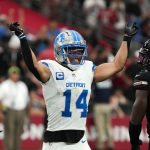


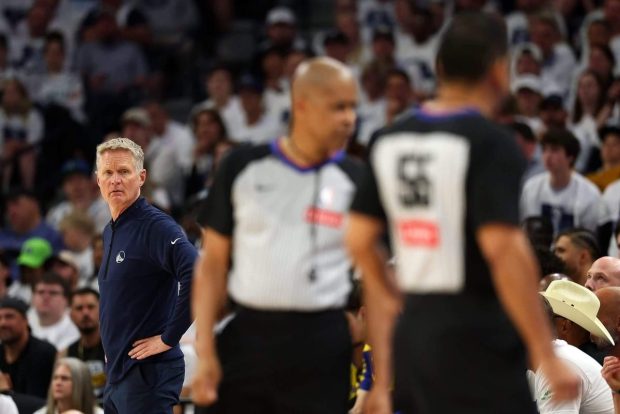
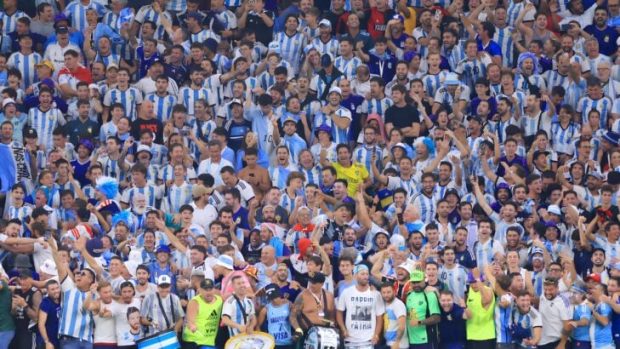
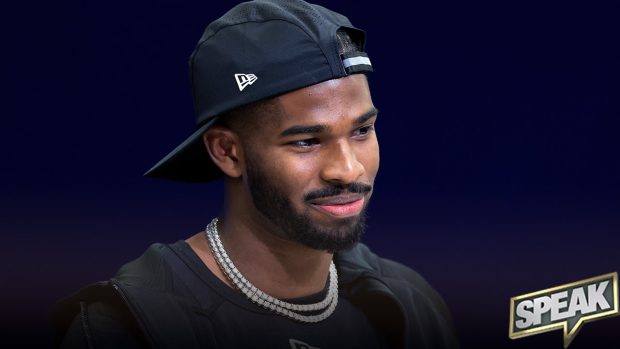

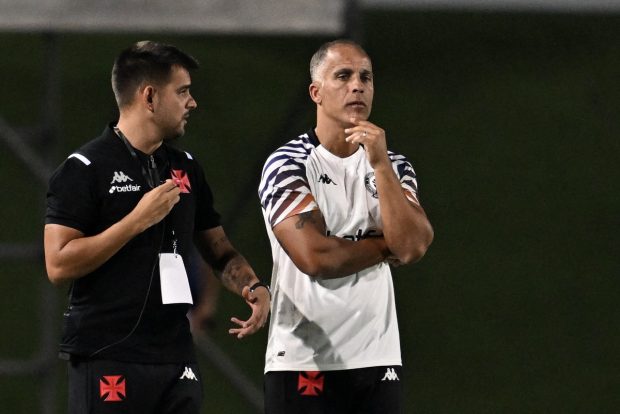
Be the first to leave a comment